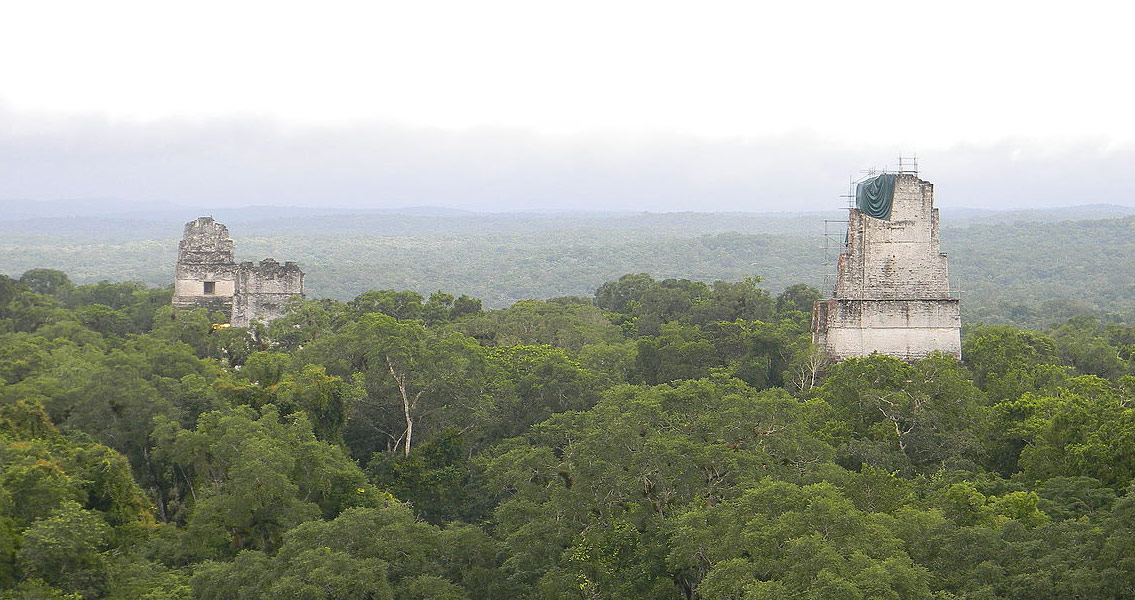<![CDATA[New research has shown how an ancient Maya city collapsed. It could also provide an explanation for the fall of the whole of the ancient civilisation. The ancient city of Tikal, located in modern-day Guatemala, was once a major Maya population centre. It was also, in its pomp, a political powerhouse. From 600 to 850 CE, Tikal displayed unprecedented achievements in art, architecture and astronomy. For many years, historians and researchers have been puzzled as to how Tikal was able to grow so vast. Supporting a large urban population was particularly difficult during the Late Classical Period. It would have been impossible for Tikal to import enough food to be sustainable; there were no draft animals, wheeled vehicles or waterways suitable for trade. Recent research by David Lentz, from the University of Cincinnati, has proposed an intriguing answer to this historical dilemma. Lentz's work, published in the Proceedings of the National Academy of Sciences, hypothesises that the Maya at Tikal were advanced farmers. They maintained their immense population by intensive agriculture in the surrounding area. By analysing a variety of information - including satellite images, archaeological surveys, forest growth patterns and pollen data - Lentz and his team determined that advanced agriculture had sustained Tikal. Terracing, irrigation and slash-and-burn cultivation enabled Tikal to support its large, low-density population. By controlling agro-forestry and using complicated water conservation systems, the Maya could optimise their food production and maintain Tikal's size. The very method by which Tikal grew so large, however, could have sown the seeds of its demise. Soon after reaching its peak, the city was abandoned; the last monument was constructed in 869 CE and the population fled soon after. Tikal's reliance on intensive agriculture for sustenance meant that it was completely dependent on consistent rainfall. When the Maya lowlands began to experience an incredibly dry period in the mid-ninth century, Tikal's agricultural output would have dropped severely. The inhabitants of Tikal could well have intensified the drought by clearing forests and constructing pavements. As a result of the intensive agriculture and growth of an urban centre, the landscape lost its ability to adapt to changing environmental conditions. By the end of the ninth century, as the drought continued to worsen, little food would have remained. A lack of basic sustenance would have caused the collapse of Tikal's social system, leading to people abandoning the city. Lentz and his team believe that Tikal began to fall when the city reached a tipping point in agricultural production. Until the late ninth century, intensive agriculture could meet the demands of a growing population Reduced rainfall would have meant that the increasing productivity demands on Tikal's farmlands could not be fulfilled. As the Mayan lowlands dried up, Tikal was unable to adapt. Lentz believes similar scenarios occurred throughout the Maya homelands at this time. If Lentz and his team are correct, they could have provided important information about the collapse of the whole of Maya civilisation. An increasingly dry climate would have meant Maya agricultural production declined, resulting in the breakdown of social systems. Lentz's work provides an important explanation for the collapse of one of the most advanced ancient civilisations. Photo Credit: Wikimedia Commons User: Laslovarga]]>
Collapse of Maya Civilisation Explained
